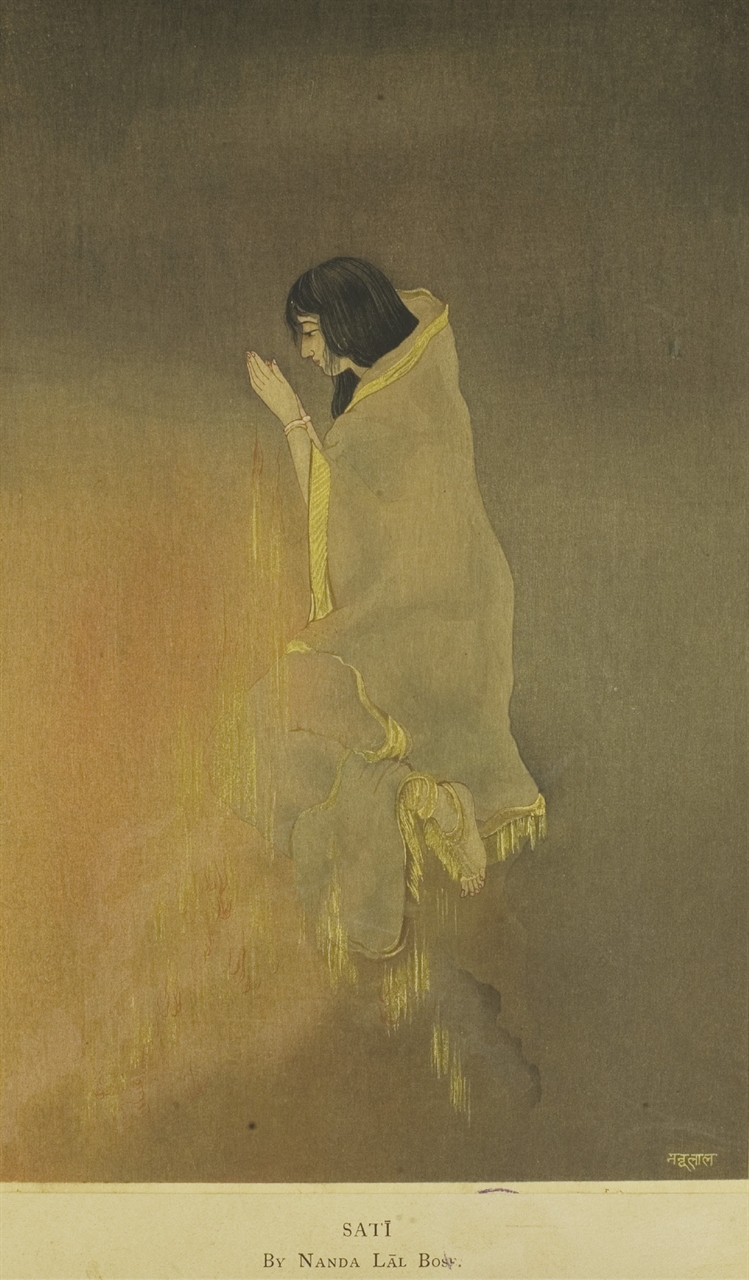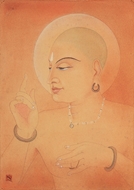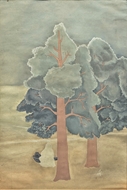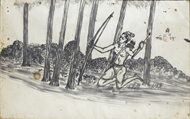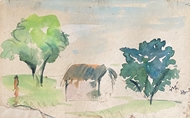![]() Significant Indian Paintings
Significant Indian Paintings
![]() Significant Indian Paintings
NANDALAL BOSE (1882 - 1966)
Significant Indian Paintings
NANDALAL BOSE (1882 - 1966)
RELATED LOTS
CONTACT US
Catalogue & Viewing
Lot Closed
Accounts & Shipping
Lot Closed
-
Provenance
 Provenance
Provenance
Property of a prominent Delhi based collector
-
Literature
 Literature
Literature

From 1906 onwards, Nandalal was firmly engrossed in his art practice so much so that his mentor Abanindranath fondly mentioned him to be his right hand. Around the same time, the Indian Society of Oriental Art, organized an exhibition wherein Nandalal exhibited two of his renowned paintings “Sati” and “Siva & Sati”. The works were highly praised and presented with a cash prize of five hundred rupees - not an inconsiderable amount in those times. Laurels poured in from several quarters, in the form of critical acclamation generated by a report, in the prestigious Parisian fortnightly journal La Revie. It carried the news, that Kokka, the Japanese art journal had published a set of wood-block reproduction of an outstanding painting titled “Sati”, in wash tempera, by an artist by the name of Nandalal Bose in India.
This instance of a new art movement roused much interest in the West and significantly pronounced the waning of English influence in contrary advancement of national ethos. Therefore through art too, India was heading towards the freedom of Swaraj or self-rule.
The subject of the work, Sati, in literal Hindu terminology means a pure woman faithfully devoted to her spouse. This feminine attribute, finds its mythological paradigm in the character of Shiva’s consort Sati, who sacrificed herself into the sacred fire, in remonstration of her father’s disrespect towards her husband. Here, Nandalal beautifully captures the final moments of Sati, as she bows her head in reverence to the Fire God Agni and offers her mortal remains to his sanctity. She is represented as a common Bengali woman draped in the conventional saree. Though a wood-bock print on rice paper, prepared with the traditional water-based inks made from vegetable dyes, this early reproduction pays true justice to Nandlal’s own version. The colours are bright and immaculate with the gold colour still retaining its original luster.
-
Notes
 Notes
Notes

National Art Treasure / Non Exportable
